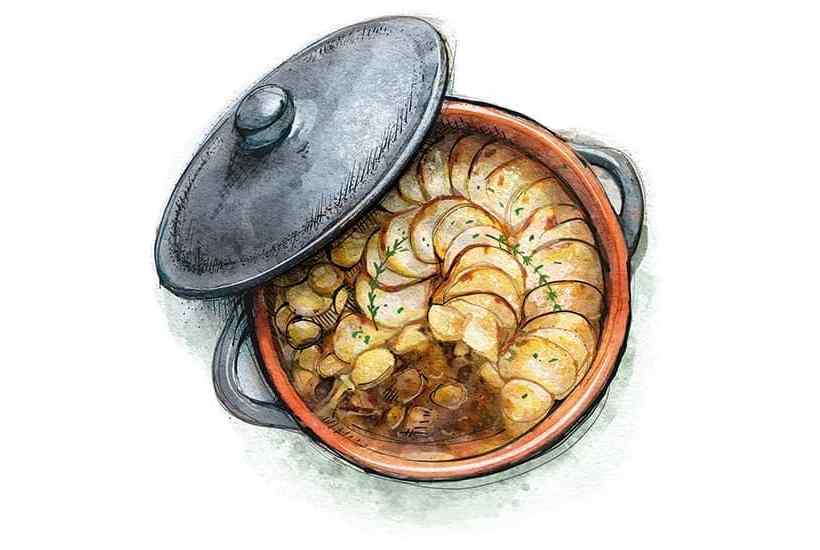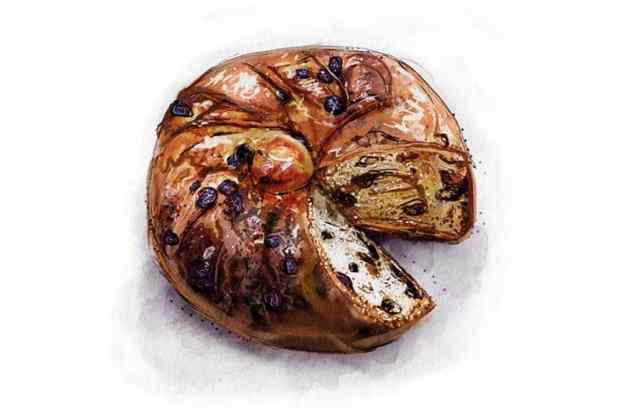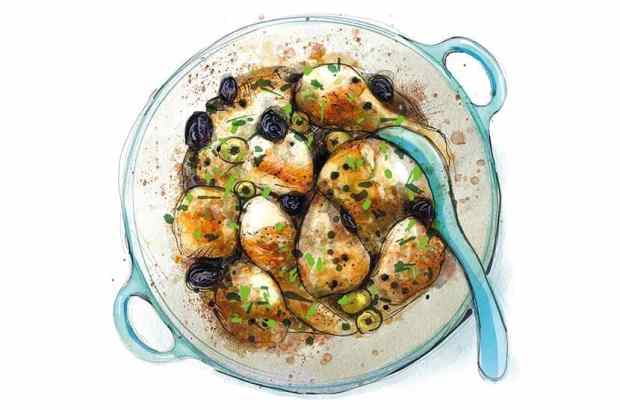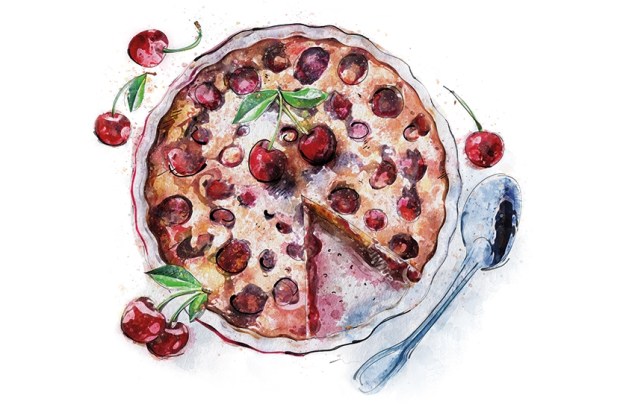Nine months ago, after a decade spent in London, I moved to Lancashire. Although I’m a northerner born and bred, I’m from the northeast, between Newcastle and Sunderland, so this was new territory for me. Keen to assimilate, I was ready to get stuck into some of the dishes the area is famous for: Eccles cakes, Manchester tart and Lancashire hotpot.
Already a subscriber? Log in
Subscribe for just $2 a week
Try a month of The Spectator Australia absolutely free and without commitment. Not only that but – if you choose to continue – you’ll pay just $2 a week for your first year.
- Unlimited access to spectator.com.au and app
- The weekly edition on the Spectator Australia app
- Spectator podcasts and newsletters
- Full access to spectator.co.uk
Unlock this article
To sign up for Olivia Potts’s monthly newsletter, which brings together the best of The Spectator’s food and drink writing, go to spectator.co.uk/oliviapotts
You might disagree with half of it, but you’ll enjoy reading all of it. Try your first month for free, then just $2 a week for the remainder of your first year.














Comments
Don't miss out
Join the conversation with other Spectator Australia readers. Subscribe to leave a comment.
SUBSCRIBEAlready a subscriber? Log in